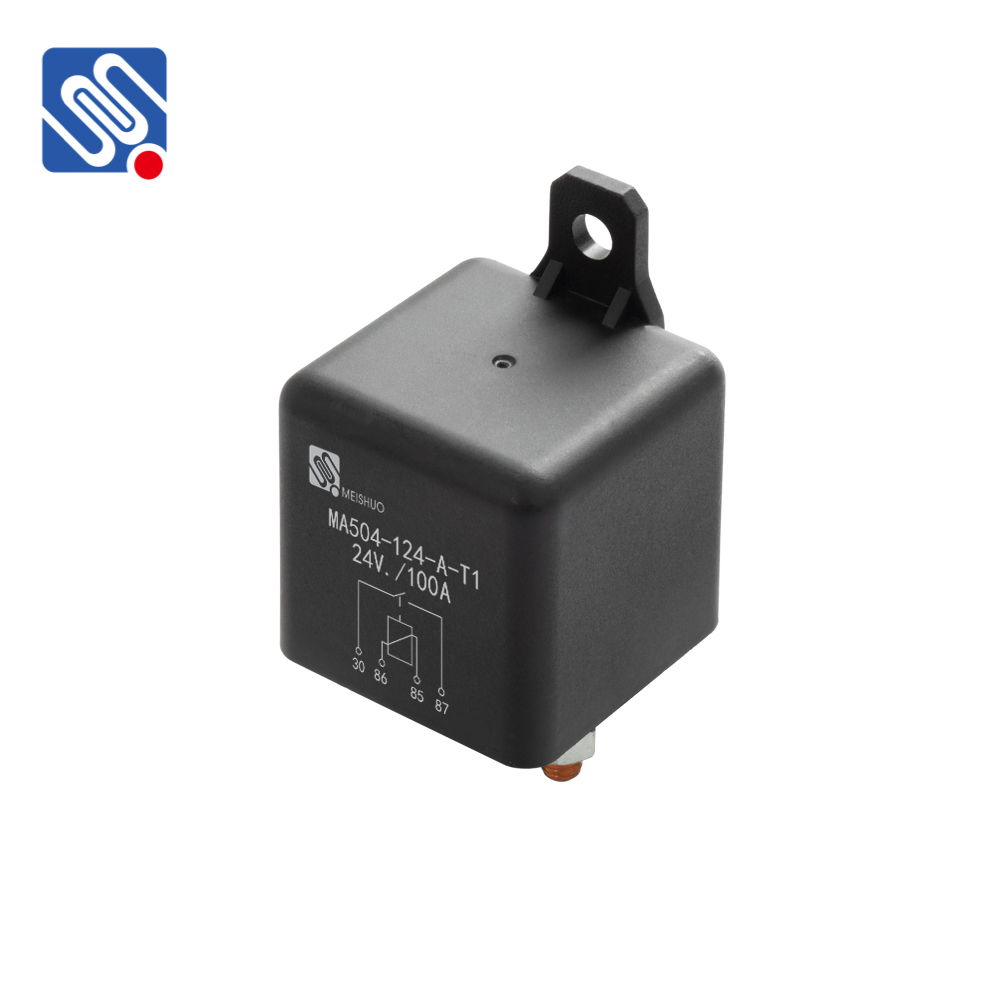Relays are essential components in modern electrical and electronic systems, particularly in situations where high current and voltage need to be controlled through low power signals. One such critical component is the 12V 100A relay. This relay offers a robust solution for switching high-power loads, commonly found in automotive, industrial, and other heavy-duty applications. In this article, we will explore what a 12V 100A relay is, its applications, and why it’s such a crucial part of many electrical circuits.

What is a 12V 100A Relay? A relay is an electrically operated switch that allows a low-power signal to control a higher power circuit. The 12V 100A relay specifically refers to a relay that operates on a 12V DC (direct current) control signal, and is capable of switching circuits with current ratings up to 100 amperes. This makes it particularly useful for systems that require significant power to operate, but where controlling those systems with a low voltage signal is necessary. The relay works by using an electromagnet to control the movement of contacts within the device. When a 12V signal is applied to the coil, the magnetic field generated by the electromagnet pulls the contacts together, allowing the current to flow through the load circuit. This mechanism allows for efficient control of large devices such as motors, heating elements, and even entire power systems, all while using a small amount of power to control them.